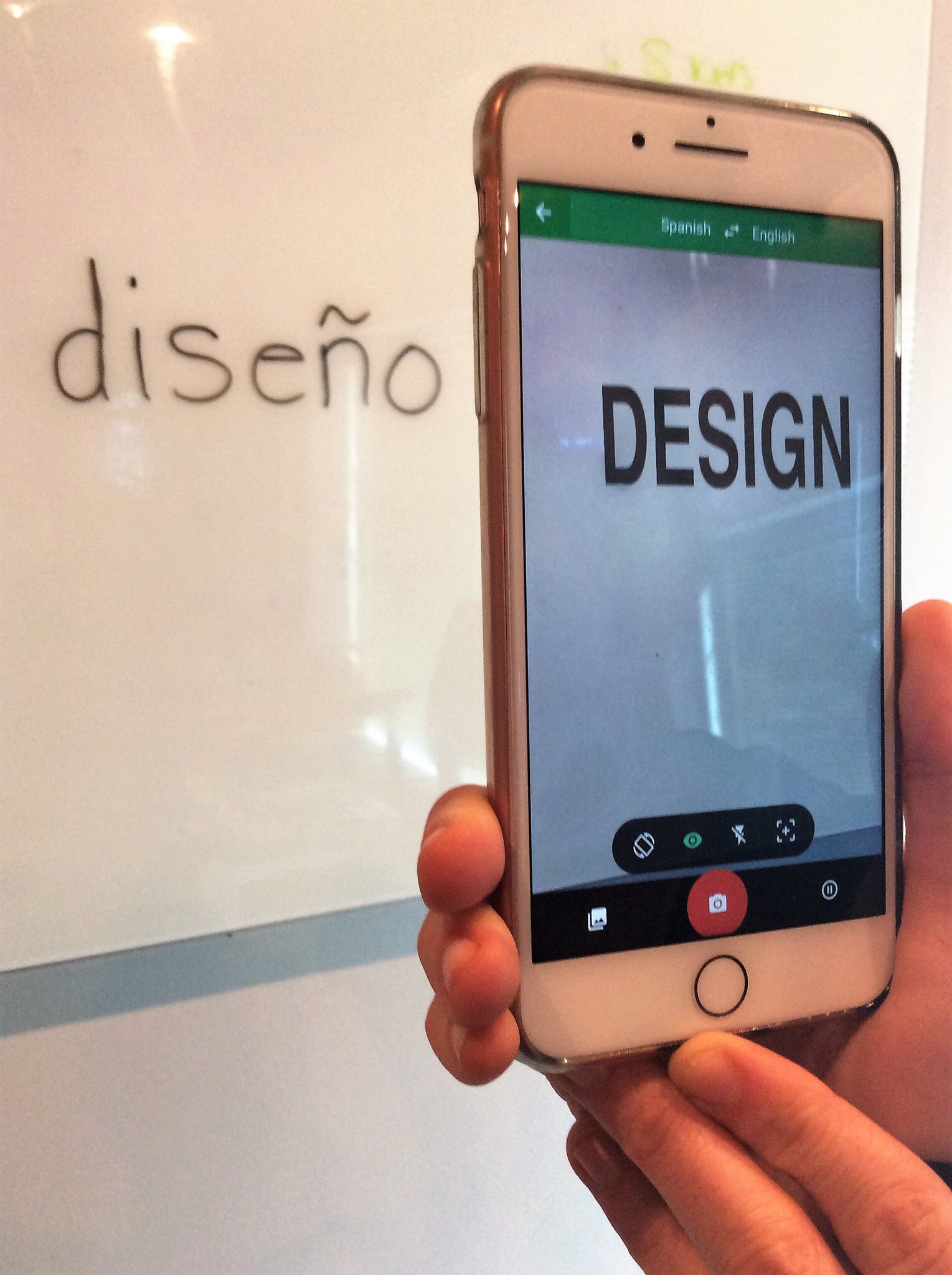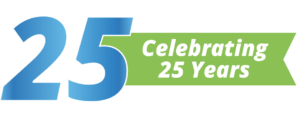Google seems to make everything easier, and every now and then they present a new idea that grows into a must-have. Thus, we have Google Translate. Simple enough? Sure…but there is so much more to this fascinating program that many might not even know about. With over 10 years since its’ creation, there has been plenty of time for developers to continue to work on, and add to this translation software.
What is Google Translate?
As defined by Wikipedia, Google Translate is “a free multilingual machine translation service developed by Google, to translate text, speech, images, sites, or real-time video from one language into another.”
It was introduced in April 28, 2006 and in the last decade, the program has evolved in a seemingly quiet way, with improvements and new features that most people don’t even realize.
Who can use Google Translate?
Anyone with a desktop or mobile device. Long gone are the days when you had to have a certain kind of desktop computer to use a certain program. Now, as long as you can access the internet, you can use Google and fun products like Google Translate.
Where can you use Google Translate?
Anytime. Anyplace. Maybe the better question is, “When should you use Google Translate?”
103 Languages – Word Lens for menus, street signs and more…28 Languages – 2011 Bilingual conversation on Google Translate 32 Languages –
How

What does Google Translate do?
What doesn’t it do? You can do the obvious translations on desktop or mobile, by selecting a language, typing “Tap top Translate”
Google Translate YouTube https://youtu.be/4xtEp55MKRE (Tap to Translate)
Another cool feature for Google Translate is the app that can translate an image in real time. You don’t even need to take a picture, just hover over the word or phrase and you will see a live translation on your smart phone screen. Here is a real test we did in our offices. We wrote the word “design” in Spanish on the whiteboard and hovered over the image using the Google Translate app on an iPhone:
Google Translate has over 100 languages and counting, including an online community that helps to make the translations and amount of languages get better and increase. The Google Translate Community is open for anyone to contribute, which helps make the translations much more authentic, rather than a word-for-word translation.
Do you have more tips for Google Translate? Leave them in the comments!
Are you looking for more information on having professional translation services for your event or conference? Atlas Language Services is headquartered in Chicago and has offices in Crystal Lake, Illinois but performs translations all over the world for leading brands, businesses and political figures. Contact us today to talk more about your translation needs.
FAQs
What is Google Translate and how does it work?
Google Translate is a free machine translation service developed by Google that translates text, speech, images, websites, or real-time video from one language to another. It supports over 100 languages and continuously improves through user contributions via the Google Translate Community.
Who can use Google Translate?
Anyone with access to the internet can use Google Translate. It is available on both desktop and mobile devices, making it accessible to users anytime and anywhere.
What features does Google Translate offer beyond basic text translation?
Google Translate offers features like real-time image translation using your smartphone camera, voice translation for bilingual conversations, and the “Tap to Translate” feature, which allows users to translate text within any app on their mobile device without switching to the Google Translate app.
When should businesses use professional translation services instead of Google Translate?
While Google Translate is convenient for quick and simple translations, businesses should use professional translation services for important tasks such as legal documents, conferences, and marketing materials. Professional services ensure accuracy, cultural relevance, and quality, which are essential for maintaining a business’s reputation.

